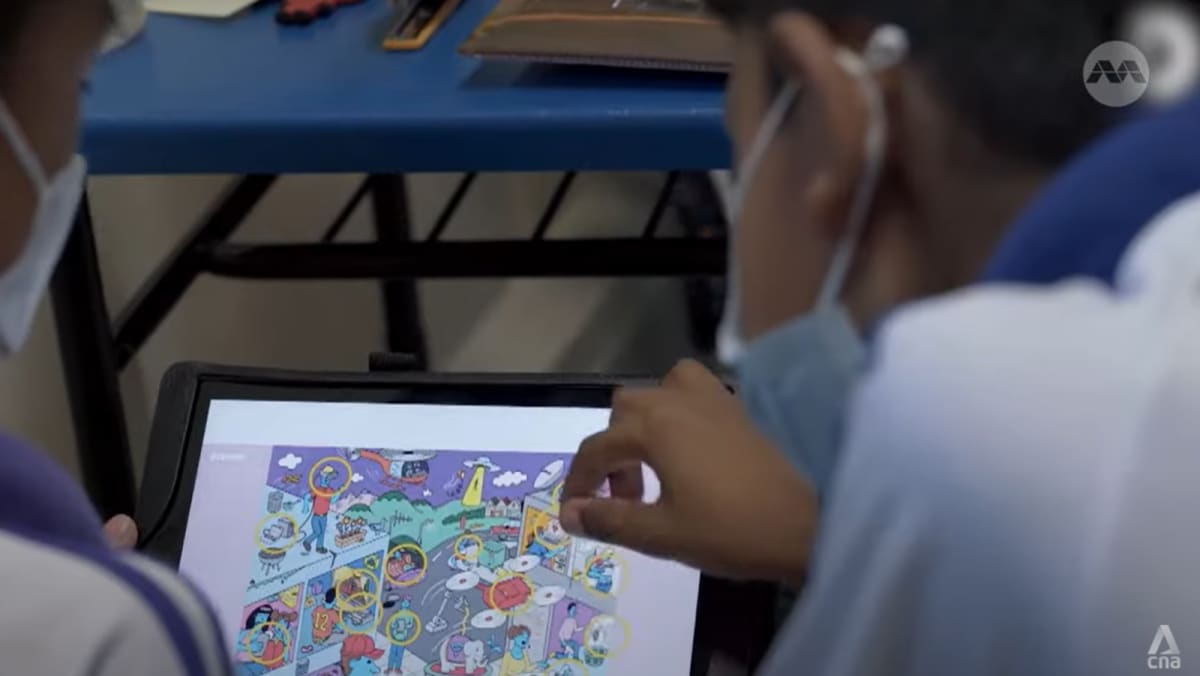NETWORK OF HIGHER LEARNING INSTITUTES
The “future design school” concept comprises a network of Institutes of Higher Learning which will offer “distinct courses and cultures that play to their respective qualities, strengths and heritage”, said the DesignSingapore Council in a press release.
At the higher-education level, students will collaborate with industry partners for longer work experiences under dedicated mentorship. There are plans to scale up such initiatives in the coming years.
Since 2022, more than S$1 million (US$740,000) has been spent to test such transformative learning experiences for students. These were formulated by the Design Education Advisory Committee two years ago.
This testing led to four successful proof-of-concepts, including a bootcamp for students and staff from various Institutes of Higher Learning to collaborate with organisations on real-world projects.
The DesignSingapore Council has also engaged more than 3,700 students from over 70 schools, who participated in programmes to broaden their creative thinking through design.
At St Joseph’s Institution, students collaborated with design mentors to find new ways to reduce social isolation and loneliness among the elderly.
“Learning from experience, adults who have … done the process before have created real life-like projects, learning from them has really helped us,” said Year 3 student Adrien Aguilar.
“The biggest takeaway from the project is more of how to use design thinking to create something tangible that … really applies to real life problems.”
Meanwhile, at Temasek Polytechnic, students use AI to transform hand-drawn sketches into design ideas. Aside from taking their lessons to the next level, educators want to show students that design can be a creative catalyst for even more innovative ideas.
Ms Elaine Ho, Temasek Polytechnic’s School of Design director, pointed out the importance of continuing to teach design fundamentals.
“The integration of technology and generative AI serves as a complementary aspect to help to enhance and to augment the outcomes of the students’ work,” she added.

